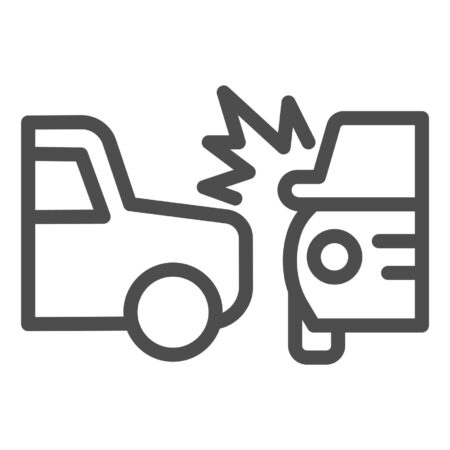Advanced driver assistance systems prove their worth
The business case for Advanced Driver Assistance Systems (ADAS) can be explained using the invoices associated with collision repairs. Collapsed bumpers, cracked rads, and crumpled hoods are largely the result of trucks that failed to stop before it was too late. Then there’s the related price of towing, downtime, potential injuries, and more.
In other words, the high-tech spec’ proves its worth through collisions that never actually happen.

Every second counts as a vehicle closes the gap between a bumper and the threat that lies ahead of it. A loaded tractor-trailer traveling at highway speeds can cover the length of two football fields before coming to a complete stop. This means the line between a close call and the crunching sound of metal and fiberglass can often be defined by the seconds it takes to close the gaps between friction material and drums or rotors.
While technology hasn’t addressed every delay in driver reaction times, it can make a difference.
Radar-based systems and cameras alike can be used to monitor the space in front and sometimes beside modern trucks, triggering warning lights and sounding alarms in the cab. (“Look out, driver!”) Integrated systems will restrict the throttle and trigger automatic emergency braking systems if someone behind the wheel is too slow in their move toward the brake pedal.
What began as a family of tools to track moving vehicles has also evolved to watch for stopped and stationary objects alike. Pedestrians, too. An emerging generation of controls combines sensors and servos to help keep drivers tracking down the middle of their lanes. And the driving experience itself is eased through adaptive cruise controls that will adjust truck speeds right down to a stop and back on a roll.
There is still no replacement for a skilled and safety-conscious driver. Even those who sell the systems are careful to use terms like “mitigating” and “minimizing” when describing the influence on threats. But ADAS can provide the support that helps to offset momentary lapses in judgement or delayed reactions.
Some of North America’s biggest fleets are counting themselves among the biggest believers in ADAS — and shared their experiences during a recent Federal Motor Carrier Safety Administration webinar.
JB Hunt safety, security and driver personnel senior vice-president Greer Woodruff said his fleet has seen a direct return on ADAS-related investments since such equipment was first deployed in 2011. The operation has widely adopted automatic emergency braking (AEB) and forward-facing cameras, and will be spec’ing blind spot detection systems by the end of this year.
Schneider National implemented collision mitigation systems eight years ago to address rear-end collisions, and in the first three years reduced the frequency of such incidents by 68%. The severity of the collisions that did occur dropped 95%, said Thomas DiSalvi, vice-president – driver training and compliance.
The benefits of the technologies are not limited to those who buy trucks right off an assembly line, either. Those who opt for used equipment are increasingly inheriting the tools purchased by first-generation owners.
The fleets and shops that end up with this equipment can be thankful for the issues that they won’t face — even if they need to take the time to embrace some new technologies along the way.
Have your say
This is a moderated forum. Comments will no longer be published unless they are accompanied by a first and last name and a verifiable email address. (Today's Trucking will not publish or share the email address.) Profane language and content deemed to be libelous, racist, or threatening in nature will not be published under any circumstances.